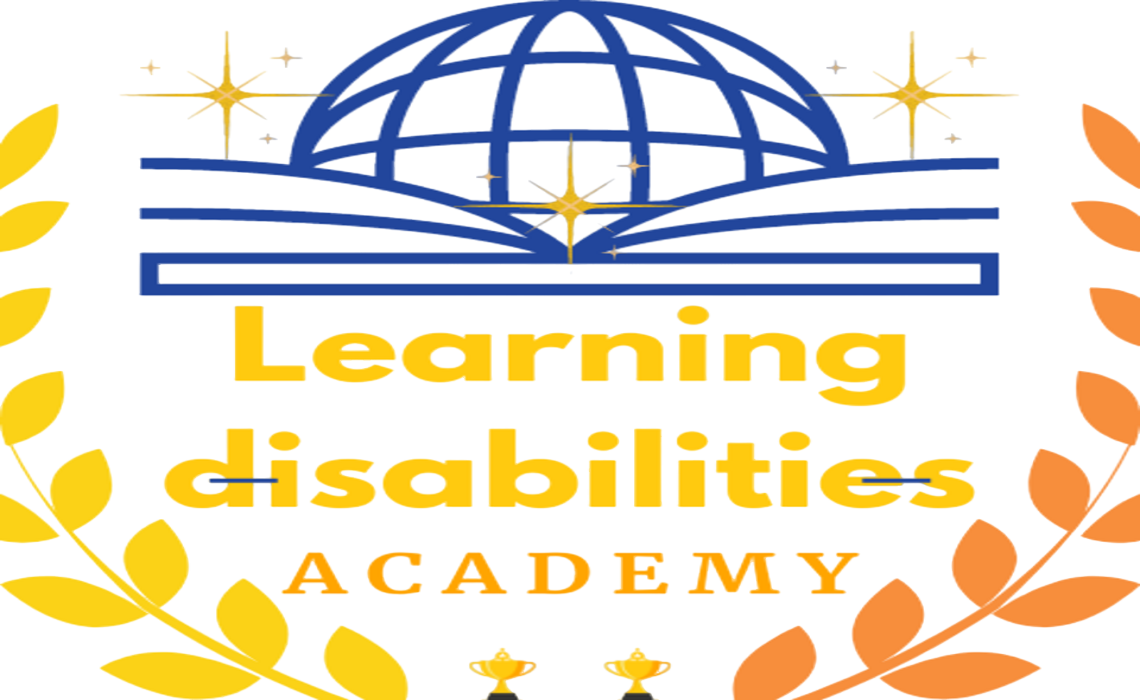Understanding Dyslexia: Challenges and Interventions
Introduction
Dyslexia is a common learning disorder that affects language processing, leading to difficulties in reading, spelling, and writing. Despite normal intelligence, individuals with dyslexia face challenges in academic settings, impacting self-esteem and confidence.
Dyslexia: A Neurological Condition
Dyslexia is not indicative of low intelligence or laziness but is rooted in neurological differences affecting information processing. Decoding words, recognizing sounds, and understanding letter-sound relationships pose significant hurdles for individuals with dyslexia.
Early Intervention and Its Importance
Timely identification and intervention are paramount for improved outcomes. Studies indicate that prompt support substantially enhances individuals' capacity to manage the challenges associated with dyslexia.
Multisensory Instruction: An Effective Approach
Multisensory instruction, engaging sight, sound, and touch, is key. Techniques like tracing letters in sand, audio text recordings, and using colored overlays mitigate challenges and boost confidence in reading skills.
Accommodations and Modifications
Accommodations such as extended test time, audio textbooks, and specialized software play pivotal roles. These adaptations ensure equitable access to educational resources, enhancing opportunities for success.
Building a Supportive Network
Support from parents, teachers, and peers is invaluable. A strong support network fosters understanding, validation, and boosts self-esteem, motivating individuals with dyslexia to excel.
Conclusion: Empowering Individuals with Dyslexia
Dyslexia may present challenges, but with interventions like multisensory instruction, accommodations, and strong support systems, individuals can overcome obstacles and achieve academic success. By fostering inclusivity and support, we empower individuals with dyslexia to thrive and contribute meaningfully to society.



Post a Comment